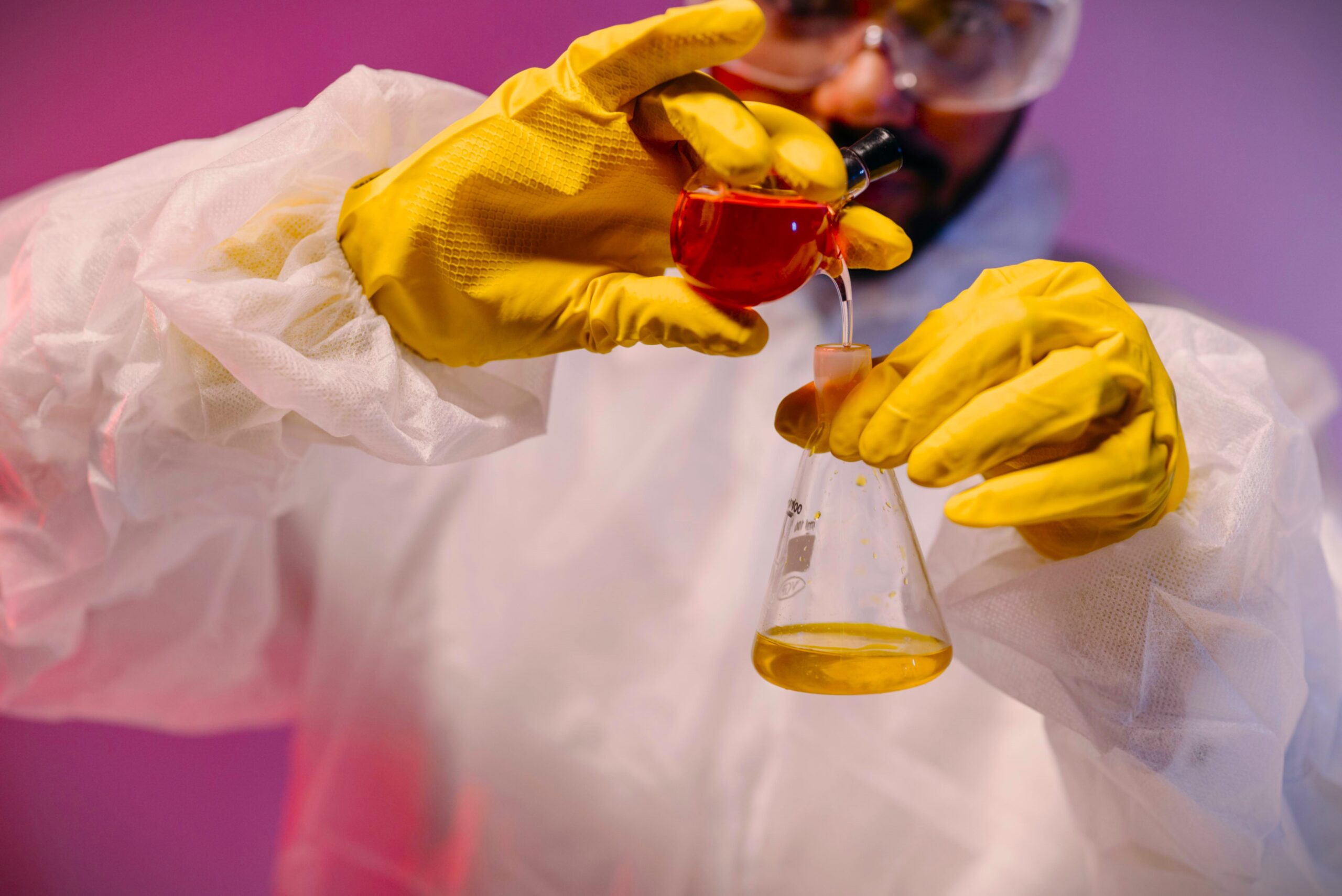I have several colleagues and friends who are Dentists, others who are chemists, some who operate water plants, work for government agencies and of course others, who like me, design and implement technology to fix water problems. The topic of fluoride continues to be one of the most hotly debated conversations when it comes to our drinking water. I decided it was time that I threw my hat in the ring and joined the mosh pit.
Before jumping in, let me say clearly that I do not believe that it is the responsibility of municipal water providers to take care of our children’s teeth. Municipalities should stick to providing good water and leave the health of our teeth to the dental industry. That said, my conversation will be devoid of the health debate. My position is purely a scientific one. I do not approve of substances being added to water that have absolutely nothing to do with the safety of it.
<#1>
One of the confusions surrounding fluoride is that the EPA has a maximum suggested limit of 4.0 milligrams/liter, while the Public Health Service (PHS) recommends a minimum dose of 0.7 milligrams/liter. Why the difference? It is because the EPA is concerned with the maximum safe concentration, and the PHS is concerned about tooth decay.

NIH Results show that toxic metals are frequently found in municipal fluoride sources. Arsenic (4.9–56.0 ppm), arsenic combined with lead (10.3 ppm), barium at (13.3–18.0 ppm) and even amounts of aluminum have been detected
To confuse things more, we must remember that fluoride is a naturally occurring mineral that is found in rocks and soil. It is found in different concentrations all over the world. We learned in other posts that water is aggressive and corrosive. Therefore, water, of the right pH frequently dissolves the naturally occurring fluoride it encounters. This in turn can render some drinking waters with natural fluoride concentrations exceeding the PHS recommended dose of 0.7 mg/l even though the municipality adds no fluoride on its own.
<#2>
So now to the yuck factor. The reason many health professionals advocate for fluoridated water is because when we drink this stuff a certain amount of it becomes part of our saliva. This small amount has been shown to prevent the growth of certain types of bacteria which decay our teeth. Then, when you brush with an abrasive fluoride toothpaste, plaque and tooth-harming bacteria are scoured away after hours of daily build up.
<#3>
Unfortunately, if you do not like fluoride, even though the government may finally be taking it out of our tap water, it still is close to impossible to eliminate it from our diets and water systems. For instance, if you live where the rocks and soil have high fluoride content, it will be naturally dissolved into your drinking water. If you happen to buy prepared foods from companies that use high fluoride water, then you are likely to get a higher dose from those sources as well.
So, let’s look at the technologies that are available to help you.
<#4>
As a first preamble to this discussion, in our quest to achieve safe drinking water, it is increasingly important that we acknowledge the difference between removing/filtering a contaminant from our tap, versus removing the contaminant from our environment.
This is of vital importance because the filter we use to keep our tap water safe accumulates contaminants and then when we change filter, all the collected contaminants get re-released into our environment by way of our exhausted, discarded filter.,
This creates a vicious fluoride (F ¯ ) circle because the environment is getting a double injection of fluoride. Regardless of our filtration efforts our municipalities are still putting the same amount of F ¯ into the environment. The nefarious part of this is that the toxin is by way of soil contamination making its way into our crops and livestock.
<#5>
The second preamble to this discussion is that the bodies that certify filtration products, namely the Water Quality Association (WQA) and National Sanitization Foundation (NSF) love to boast about how the products they certify will remove a certain percentage of a contaminant. What they do not do, is guarantee that the water a filter will produce will be safe to drink.
So, the challenge is to realize that a product can very well work as promised, for instance and remove 98% of a contaminant, but if the concentration of that contaminant in the feed water is very high, 98% removal may not be enough and the water coming out may still be poisoned.
<#6>
But let’s focus on making our personal tap water free of F ¯ !
Reverse Osmosis – (RO) is the most popular method of removing F ¯ from tap water. Depending on the quality of the RO membrane element, this technology generally will remove 85 – 92% F ¯. There are as many RO makers as there are stars in the sky, but mechanically speaking, they are all very similar.
The downsides of RO are,
- Slow output, especially in systems without a pressure building pump
- As-much as 17 gallons of drain water are produced for every gallon of filtered water made
- RO water is depleted of chlorine. Bacteria, algae, and mold will quickly contaminate the produced water.
- Toxic levels of F ¯ can still pass a perfectly functioning RO.
Ion Exchange Resin – (IX) is a technology that uses a charged, engineered plastic bead to hold and remove one charged contaminant while releasing a harmless charged particle, usually chloride in its place. Strong base anion resin is the choice for F ¯ removal. Products like the ZERO® filter use something called mixed bed resin to capture both positively and negatively charged ions (electrolytes) and make what they call 0 TDS water.
IX resins come in many varieties and Brita® for instance uses something called Weak Acid Cation resin to capture heavy metals. For F ¯. There are many filters that employ IX resins.
The downsides of IX are,
- Plastic resin beads add to our plastics disposal problems and may release microplastics into the water
- IX resin loses its removal efficiency during its service life. The removal percentage of a new filter is always much higher than a filter nearing its end
- As an IX filter exhausts it can release high amounts of the contaminant that it removed when it was new.
- IX is expensive, and in areas with high contamination levels may not be practical because of too-frequent exchanged.
Synthetic Aluminum Oxide – (AO) Also called activated alumina, has emerged as a very popular media for removing F ¯. It is currently sold under many different product names, but all the brands are the same substance.
AO is essentially a highly porous, ceramic, granular substance that traps materials like F ¯ by a process called adsorption. The F ¯ adheres to the micropores and is removed from the water.
The downsides of AO are,
- Difficult to predict when the filter will exhaust and begin again allowing F ¯ to pass into the water
- Can release small amounts of aluminum into the filtered water
- Some users report that the filter negatively affects taste
Bone Char – This is a media made by crushing and then pyrolyzing animal bones at a high temperature kiln that is depleted of oxygen. Bone char has been shown to remove many different contaminants but has an affinity for F ¯ .
The downsides of Bone Char are,
- Expensive
- Also works on the adsorption principle making actual filter life hard to predict.
In addition to Bone Char, many companies are producing new generations of char, called biochar, using biomass such as rice husk, grape vines, walnut shells and more. Each biochar makes different contaminant removal claims, but Bone Char is still the best of the char products for F ¯ removal.
Zeolites – Zeolite are microporous, crystalline aluminosilicate materials that like AO and char, work on the principle of adsorption. Zeolites are used mostly in industrial and municipal applications.
The NIH is doing a lot of research on zeolites as they offer the advantage of abundant raw materials.
Finally, there is a lot of research going on in the area of nanoparticle technology for the removal of F ¯ but as of this writing there are no consumer ready products using this technology. The takeaway is that we are fortunate to have available products to remove F ¯, but we still must be diligent with testing and monitoring how much F ¯ our water systems are sending us.







